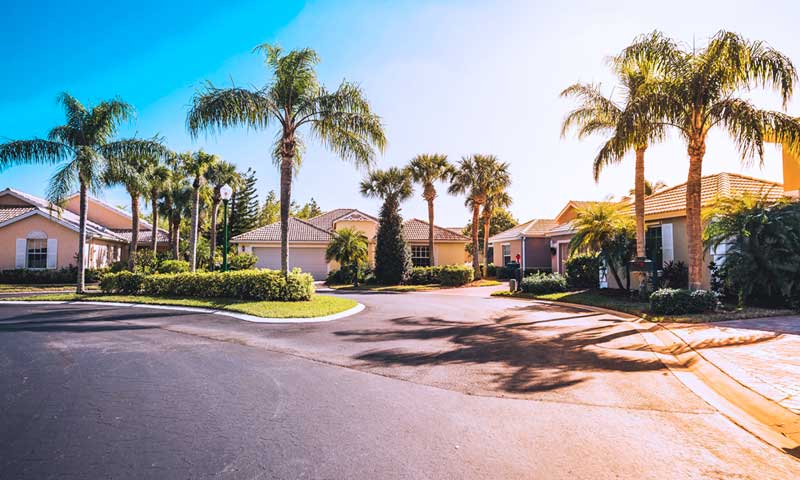BLOG
A recent decision by a Florida appellate court in the case of Lakeview Reserve Homeowners v. Maronda Homes, Inc. 35 Fla. L. Weekly D2413 (Fla. 5th DCA 2010) has far-reaching implications for homeowners associations in construction defect disputes with developers. The Fifth District Court of Appeal court has broadened the implied warranty of fitness and merchantability granted to purchasers of new homes to include structures in common areas of a subdivision that immediately support the residence in the form of essential services. This case will further enable community association and construction defect lawyers in Florida to protect consumers who rely on the expertise of the developer for the proper construction of their new home.
The court found that a homeowners association does have a claim for breach of common law implied warranties of fitness and merchantability, which is also often referred to as a warranty of habitability, against a builder/developer for defects in roadways, drainage systems, retention ponds, and underground pipes. The court ruled that the unit owners in the community are entitled to consumer protections under the law. It wrote in its ruling that the defects in the case involve “. . . complex site improvements, some of which are underground. These improvements were put in so that the builder/developer could market move-in ready homes in a completed subdivision. The planning, permitting, site work and construction required to build these improvements requires expertise far beyond the expertise of the average homebuyer,” who must therefore rely on expertise of the builder/developer. The ruling also notes that: “The builder/developer is in a superior position to ferret out and discover defects in the construction of the improvements and to have the defects timely cured during construction. Upon completion of the construction, the defects are not readily discernable to the average homebuyer, even with diligent inspection.”
In its conclusion, the court disagreed with the Fourth District Court of Appeal’s ruling in Port Sewall Harbor & Tennis Club Owners Association, Inc. v. First Federal Savings and loan Association of Martin County, 463 So. 2d 530 (Fla. 4th DCA 1985) which held that the homeowners association could not recover under a theory of breach of implied warranties of fitness and merchantability for defects in the construction of certain roads and drainage areas in the community. Accordingly, until the Florida Supreme Court resolves the conflict or the Florida Legislature grants warranties from the developer to purchasers of new homes, the extent of the implied warranty of habitability will depend on where the residence is located in Florida.
This is a very important ruling for homebuyers and homeowners associations in Florida, as the lower court’s decision in the case could have impeded many lawsuits by associations and unit owners against developers and builders involving these hidden and latent defects in the common areas of a community. Our attorneys who focus on construction defect lawsuits will continue to monitor cases and decisions such as these in the Florida courts, and we encourage those who are interested in our input and analysis of these matters to add their e-mail address in the subscription box on the right in order to automatically receive all of our future blog posts.

